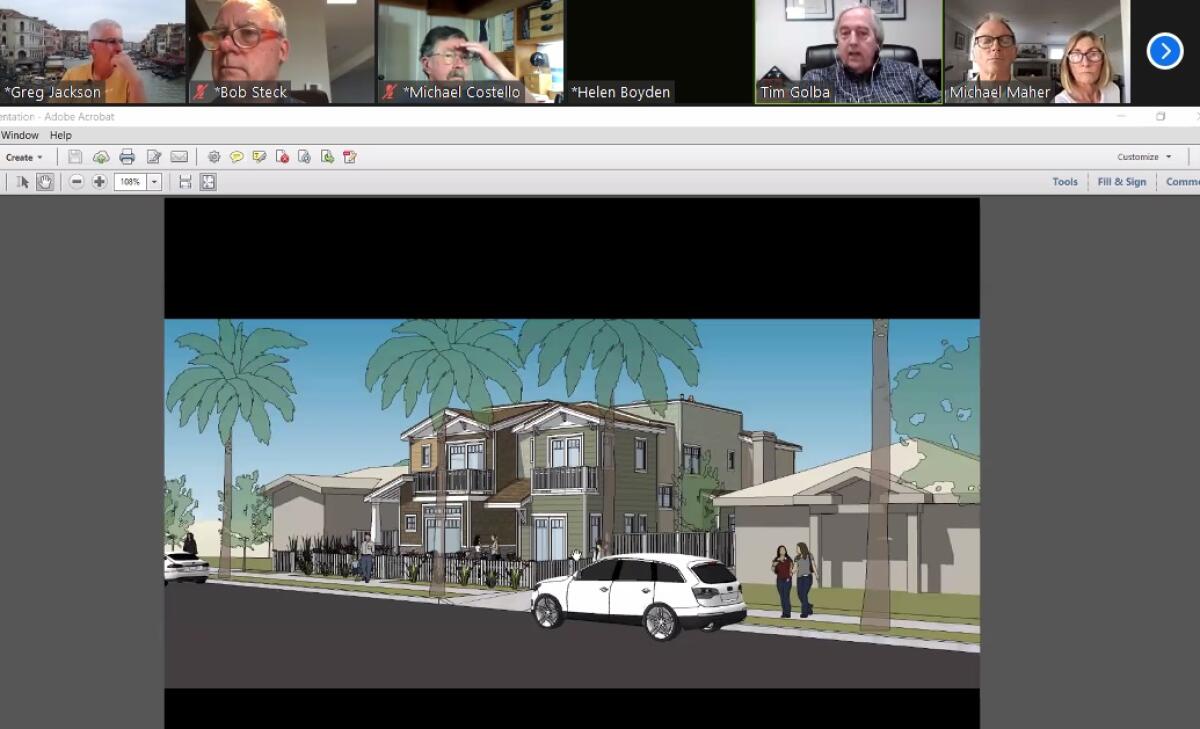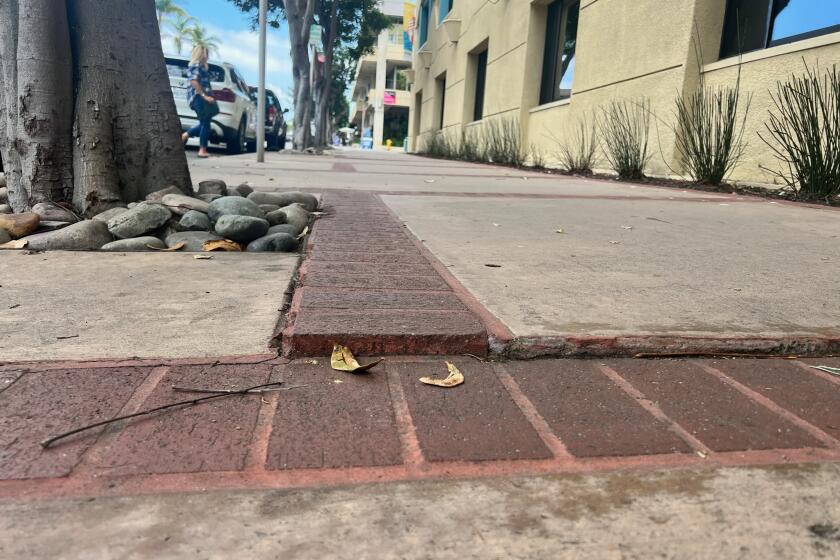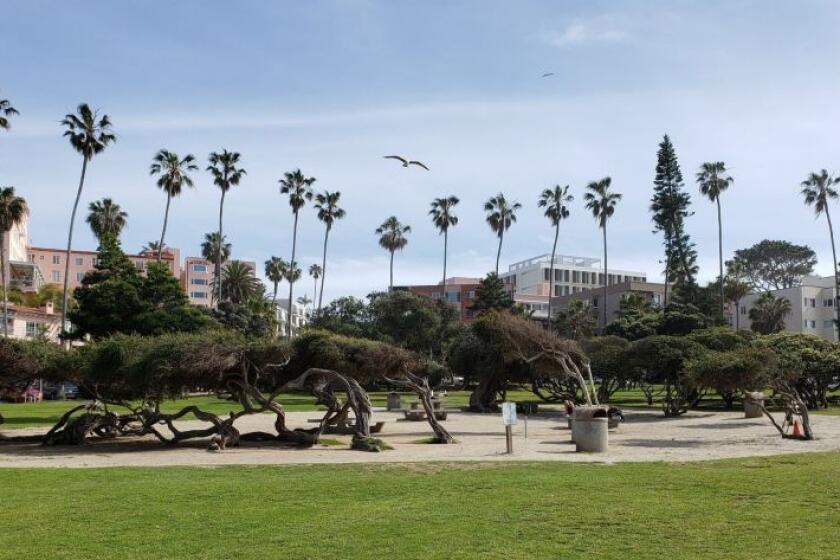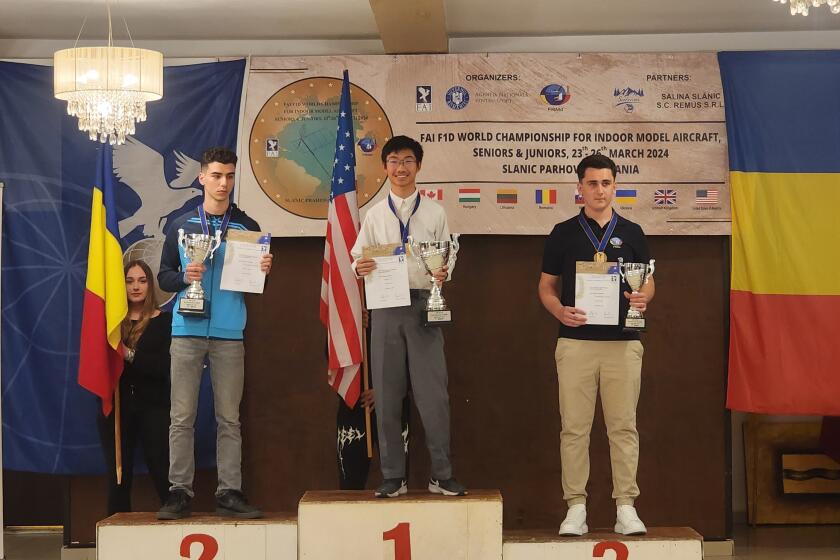La Jolla planners delay vote so neighbors can try to work out differences with developer of home project

With the hope that neighbors and a developer can reconcile over a contentious home project in The Village — despite what some called the risk of setting a “dangerous” precedent — the La Jolla Community Planning Association postponed a vote on the proposal until its next meeting.
The project calls for coastal development and site development permits for a subdivision, demolition of a home and construction of two new single-family residences on separate lots at 7310 and 7312 Fay Ave., with a detached garage on each lot. The project totals 5,254 square feet.
The plan got unanimous support from La Jolla’s Development Permit Review Committee during its June 21 meeting, with DPR trustees applauding the design and use of the space.
Get the La Jolla Light weekly in your inbox
News, features and sports about La Jolla, every Thursday for free
You may occasionally receive promotional content from the La Jolla Light.
But ahead of LJCPA’s Aug. 4 meeting, neighbors of the proposed development reached out with concerns and arranged a meeting with the development team, architect Tim Golba said. Chief among the issues was opposition to a 4½-foot retaining wall with a fence on top of it that would surround the property. There also were concerns about “mutual privacy” and how a sewer easement would be addressed.
Golba said the project was amended to address privacy concerns by setting the houses’ roof decks toward the center, minimizing the view into neighboring yards.
However, conversations about the retaining wall and sewer easement, though “productive,” hadn’t come to a solution, according to neighbor Michael Maher. He said he was “still waiting for some final information, in particular regarding the retaining wall.”
The concern is that the 4½-foot retaining wall “with a 6-foot fence structure” above it could enclose the property “in a prison-like condition,” Maher said.
He said he requested design documents but had not received them. “We have been promised that we would see a fully detailed written document that includes a description of the block wall, the design [and] placement, and what we keep getting is, ‘Don’t worry, we’re going to pay for it.’ And while I appreciate ... that the team is going to pay for it, I have to live with what could amount to 11 feet looming over my backyard like a prison wall.”
Golba said the final drawings, including the rendering of the wall, will be submitted to the city of San Diego as part of the final application process because the team “hasn’t really designed the final grading” of the wall. He said that tends to happen later in the process.
Neighbor Gerhard Gessner said he was concerned that sewer lines would not be rerouted to bypass his property and that work would need to be done under his property.
“We need to find a solution, and that has not been resolved,” Gessner said.
Heavy debate ensued as to whether LJCPA should vote or wait to give the parties involved more time to reach an agreement.
“This isn’t ready for prime time,” said trustee Mike Costello, who made a motion to withhold a vote until the next meeting.
Trustee Patrick Ahern added concern that the design of the wall and not having it written into the plans could set a precedent for future development and advocated for the applicant and the neighbors to “work it out” and have the project return.
On the other hand, trustee Greg Jackson said LJCPA should focus on whether the proposal complies with the La Jolla Community Plan and applicable zoning rules.
“Whether every neighbor is happy with what happens next door … strikes me as a neighbor dispute; it doesn’t rise to being our issue,” Jackson said. “I think it is dangerous for us to become those that hold a project hostage to a private agreement between adjoining landowners.”
Trustee Brian Will agreed, saying: “This committee has to represent the community at large. It is worth remembering that this community planning group makes recommendations to the city of San Diego. We have the option to appeal if we don’t like something. That is the same power the neighbors have. The neighbors within 300 feet are noticed [of the project]. If they have issues that affect them, they should take that to the city.”
Citing the “unconscionable slowness” of the city’s Development Services Department, Golba pleaded with the board to vote and allow the project to move forward.
“We have requested a hearing officer date, and the soonest date is probably late October. So the neighbors have plenty of opportunity to negotiate on these private matters … or file an appeal,” Golba said.
It sets a “very dangerous precedent for this group to take private issues as a reason to hold a project,” he added. “It is a slippery slope to go down.”
The board, however, voted 9-6 to table the item until its next meeting, which is scheduled for 6 p.m. Thursday, Sept. 1, online. Learn more at lajollacpa.org. ◆
Get the La Jolla Light weekly in your inbox
News, features and sports about La Jolla, every Thursday for free
You may occasionally receive promotional content from the La Jolla Light.




